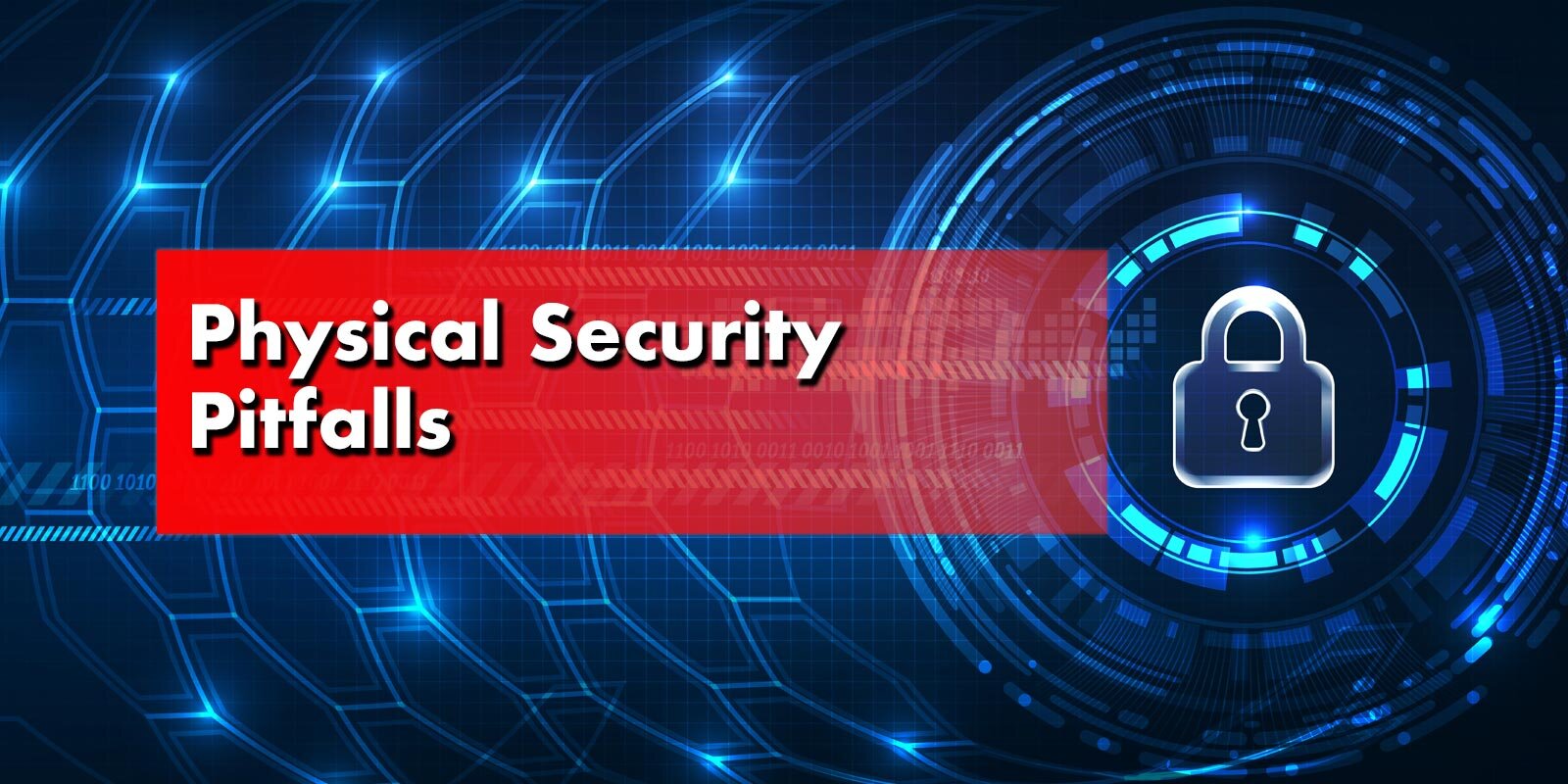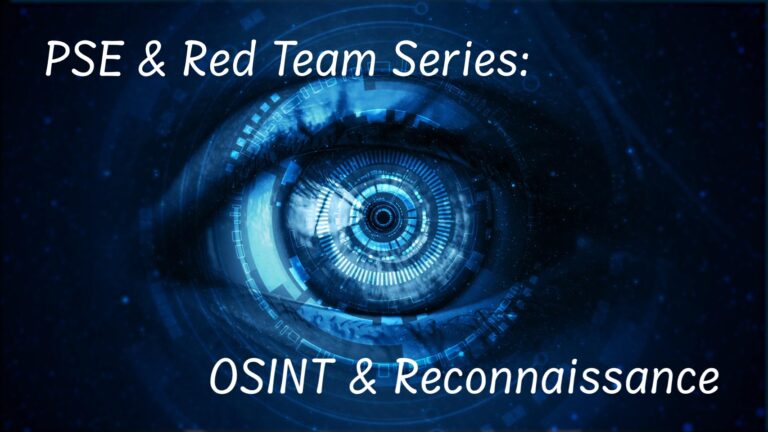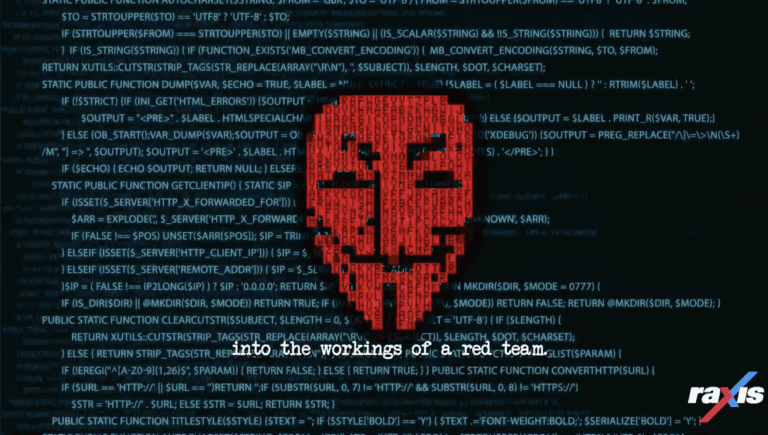A Strong Front Door
An effective information security program is built upon a strong physical security strategy. After all, if an attacker can breach your physical security all of the network controls are more easily mitigated. On average our internal network penetration tests yield an 85% success rate. Once an attacker physically gains access to network connectivity, the chances of a data breach become exponentially higher. The role of a physical security strategy is to prevent an attacker from gaining tangible access to company resources so that secondary attacks are not possible.Raxis is frequently retained to test the physical security of corporations in various verticals. We utilize many techniques in our attempt to gain unauthorized access via highly technical approach vectors such as RFID badge cloning and IR cameras to simple social engineering pretexts.
We average an 85% success rate on internal network penetration tests
We commonly find that companies implement technology and processes that, on the surface, lend the impression of safety. Often, however, these controls are ineffective against a capable adversary, thus the net result is that the attack surface gains complexity without benefit, making the organization more vulnerable to targeted attacks.While some companies go to such lengths as employing security guards, both armed and unarmed, the presence of such personnel often provides a false sense of security. While they are excellent visual deterrents, security guards are only one component of a robust security strategy for physically safeguarding your critical data.Likewise, hi-tech security measures such as proximity cards and cameras often help an organization feel more secure, but the reality is these technologies add complexity and require additional resource overhead to maintain their effectiveness. Highly technical physical controls often can be hacked and, if not properly managed, sometimes leave a facility more vulnerable than it would be without them.Here is a sampling of the attack vectors we have employed in the past to circumvent physical security controls and gain unauthorized access to a facility:
Poorly Trained Employees / Employees with a Casual Approach to Security:
At the end of the day a company’s best defense is a well-trained and vigilant employee. The popular phrase, “if you see something – say something” is incredibly important. Employees know better than anyone else what is out of the ordinary – be it a suspicious package or a person. Employees need to be trained in secure practices, and given the authority to challenge or report anything or anyone that seems out of place.Often employees are lulled into a false sense of security through observational confirmation bias. They believe if someone has made it past the guard and is on the floor they must have permission to be there. This is reinforced by social behavior tendencies that make it uncomfortable to confront unknown individuals. A fundamental tenant of awareness training is to re-train employees to practice heightened vigilance in the workplace. Raxis consultants bypass guards and other countermeasures regularly while conducting engagements for our clients. In every one of those cases, if an employee had simply recognized us as being outside of the normal and challenged us to to confirm the legitimacy of our presence, our attempts at compromise would have been thwarted. The reality is that most individuals do not feel comfortable with confronting someone in an office setting. This is a behavioral tendency that social engineering attacks exploit to lend legitimacy to a given pretext.The better an employee is trained to question people and events that are unfamiliar, the more robust the organization’s security posture will become.
Proximity Badges
Many companies fall prey to the false sense of security that arises when using RFID proximity card access control systems. In practice, many of these systems can be easily hacked electronically without the employee’s knowledge.
For less than $600 and the ability to do a Google search one can obtain step by step instructions in making a weaponized badge reader that can be used to acquire an employee’s RFID badge data from a distance for later cloning.
In many cases, an old fashioned tumbler lock and key would offer greater peace of mind.
Lack of Photo Badging
To make matters worse, many companies that leverage badge access systems do not utilize personalized badges with employee photos. This may be due to a myriad reasons from budgeting to lack of headcount to manage such a program, to the level of effort to upgrade from legacy systems, or other business drivers. Even in environments where photo badges are prevalent, employees often do not take the time to verify that the photo on the badge is actually that of the person carrying it. Indeed, a surprising number of companies feel satisfied simply using a white proximity badge without any type of accompanying credentials.Proximity badges, if possible, should be paired with a photograph credential that validates the individual’s identity and indicates the level of access that person should be given. All visitors should have to sign in and in many cases be escorted while on premise.Even the most robust badging system is completely innefectual unless employees are required to use it consistently. The physical layout of the office reception area plays heavily into enforcing access policies. Along with the photo ID the form factor of the office should require that each person must pass through a checkpoint (even if it’s a receptionist) to show their ID and perform the badge swipe.
Unmonitored Cameras
The use of video surveillance systems is another means by which a false sense of security can manifest. In many cases, the cameras are either not functioning or are feeding directly to a DVR to provide investigative collateral after a security event has occured. The reactive use of surveillance systems negates the benefits of the added visibility they provide.The challenge is that most of the places we breach don’t even know we were there. We walk in, do our thing and exit. The company does not know to investigate because an incident response was never triggered; they were not leveraging their surveillance technology proactively.In many cases, if the company had security personnel charged with monitoring the cameras, a security breach could be stopped before it happened, rather than investigated after the fact when the damage has already been done.While cameras are an effective deterrent to many attackers, they must be used correctly and as part of a larger strategy lest they once again facilitate a false sense of security.
What You Can Do
The importance of awareness training can not be overstated. Understanding the role that company culture contributes to the level of employee vigilance offers critical insight into the implementation of any security training program.. The goal is not to make your employees paranoid or uncomfortable, but to help them develop a sense of situational awareness in the workplace. Empower them to report anything that is out of the ordinary and to know that it’s part of their job to do so. A formal security reporting process that is well understood will assist with streamlining response efforts. Recognize the limitations and vulnerabilities of your security systems. It is often said that security is a process. An effective security program encompasses dynamic layers of controls in which weaknesses are identified and mitigated through compensating controls.Test the effectiveness of your systems regularly. Utilize an outside assessment firm such as Raxis to partner with you and your team and assess your performance. Tests such as these are critical to understanding the strengths and weaknesses inherent in any security strategy and how to best utilize available technology to increase the organization’s resilience to attack.We hope you’ve found this article insightful. Below is a short video that illustrates a typical engagement for Raxis. This video will demonstrate some of the techniques employed to by Raxis consultants to infiltrate a facility, establish persistence, and exfiltrate sensitive information – all without the company being aware.





